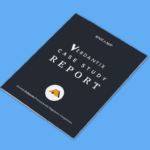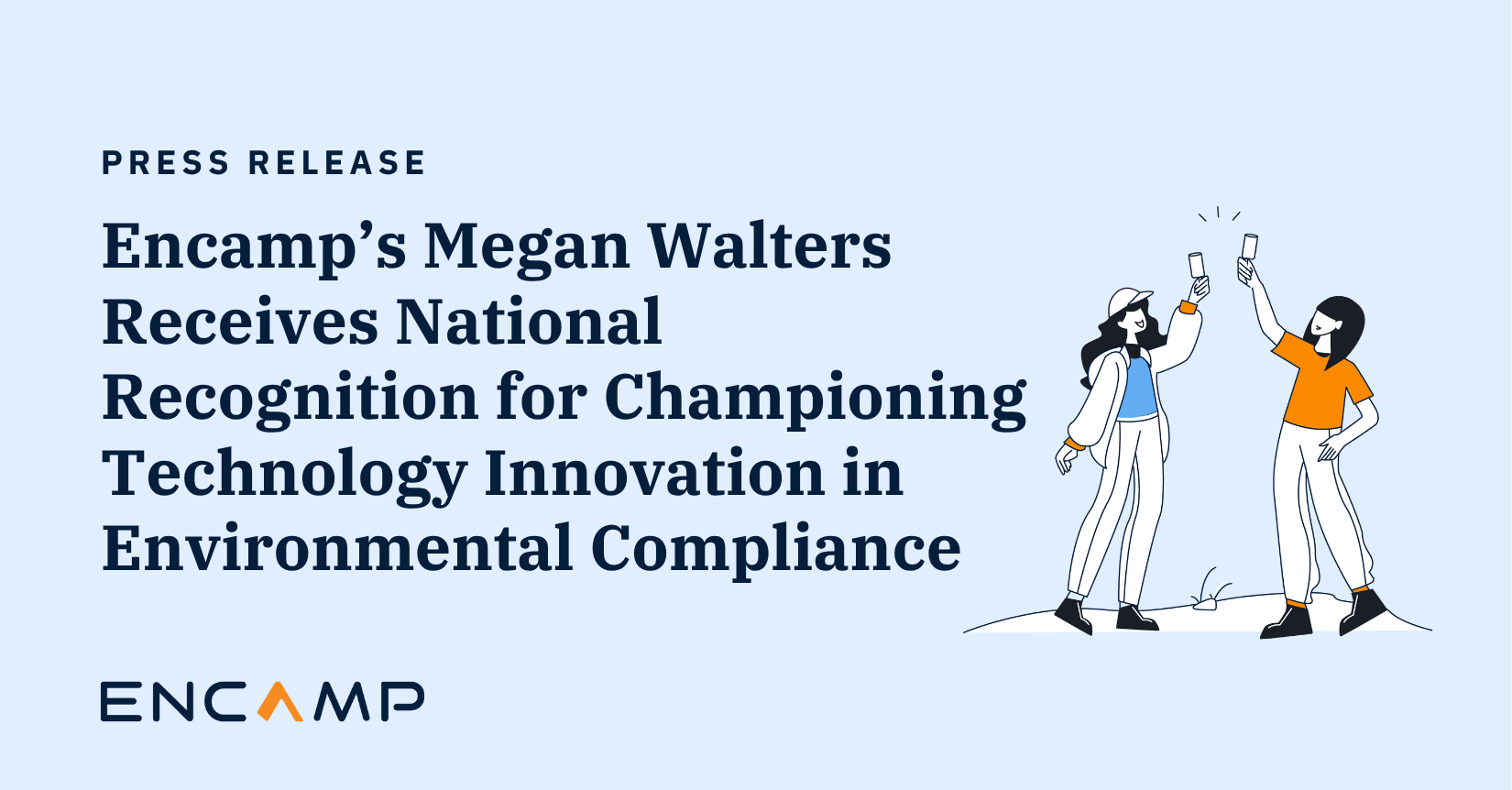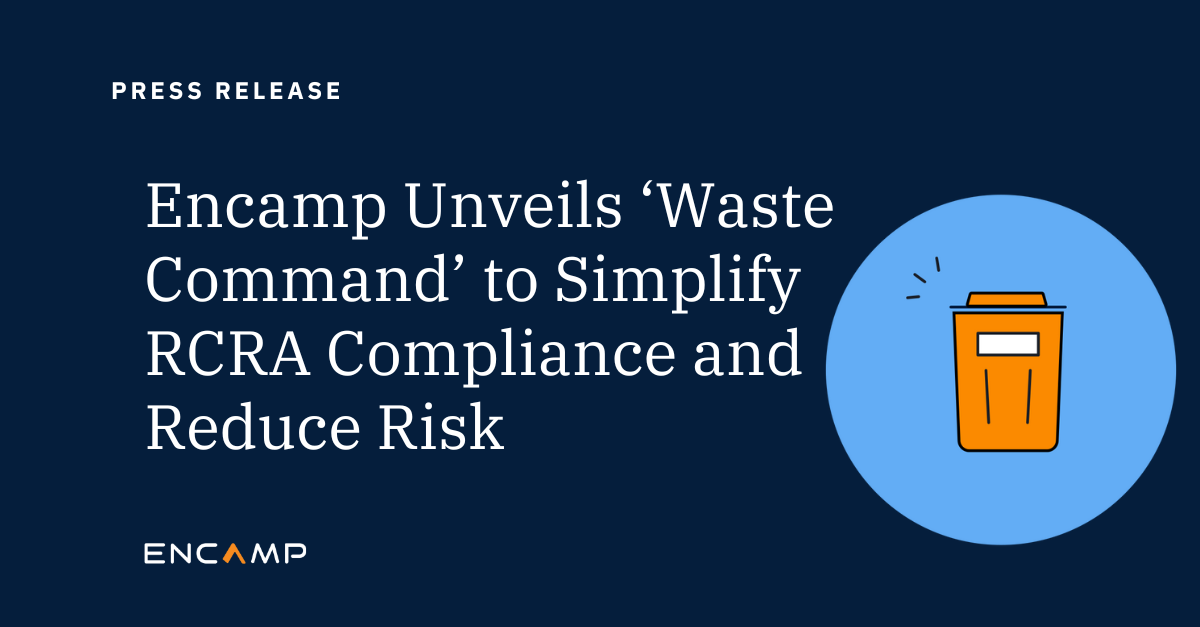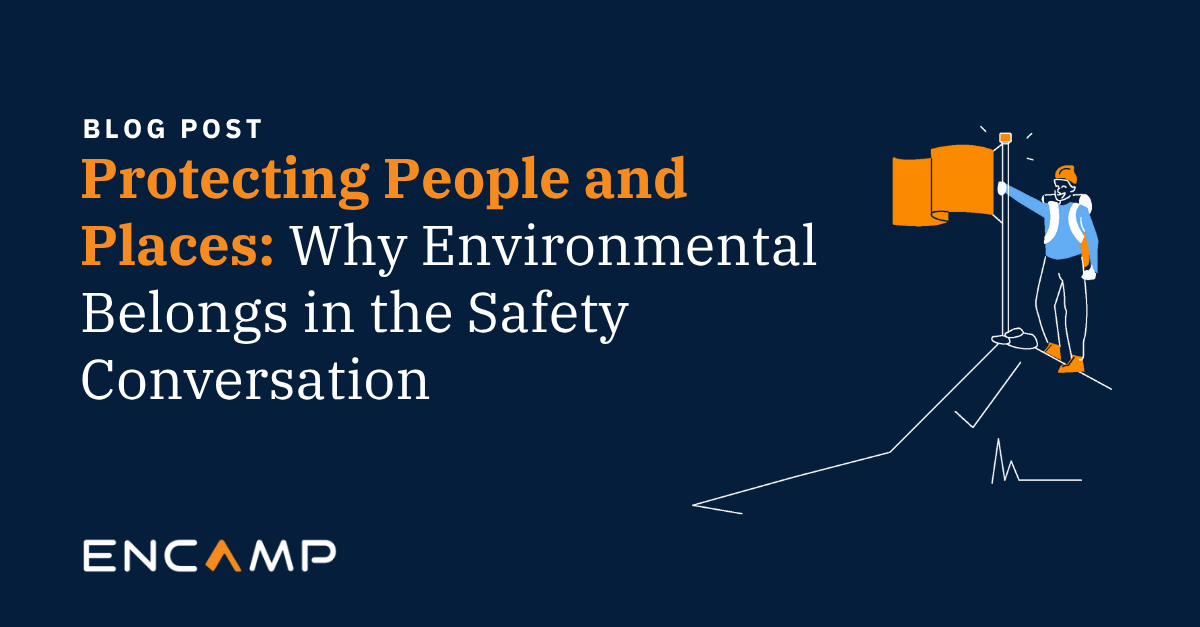Many organizations view business continuity planning as an emergency management measure, usually to counteract an unplanned catastrophic event such as a natural disaster or technological failure of some kind. One prevailing definition describes such planning as a capability to “continue the delivery of products or services at pre-defined acceptable levels following a disruptive incident.”
But for an EHS team and environmental compliance reporting processes, business continuity more often equates to succession planning within the team and EHS Operations as well as the company. That is, a changing of the guard.
Similar to business continuity, an EHS team must be able to comply with all environmental regulations and keep delivering quality reports even after the main repository of “institutional memory” leaves the building.
Continuity and institutional knowledge
For a lot of EHS teams, it’s not uncommon that institutional knowledge of the reporting process falls to only one or two people. This is usually the result of limited staff and bandwidth… or just the fact that no one really likes to do compliance reports. In other cases, it’s also not unusual to have the same person assume the responsibility of reporting for years.
Think about that. One person potentially has decades of compliance reporting history locked away in their head.
As the designated EPCRA guru and environmental compliance subject matter expert, this person is the single authority of compliance reporting for the entire company. They’re connected to all the key stakeholders in Operations, they know exactly where data “lives,” and they understand every regulatory requirement. This person is also the master of the company’s holy grail spreadsheet for reports — day in and day out, year after year — and is the only one who can maneuver precisely through every state’s reporting portal for submissions.
“I’ve created the perfect environmental compliance reporting process,
but what happens when I’m gone?”
Succession by default
What does this say about business continuity and involving new resources seamlessly when the time comes? Unfortunately, whether they want to be or not, the reality is that someone else in the EHS department often gets saddled with reporting and becomes the new one-person show.
Almost instantly, this person is expected to prepare and submit reports at the “pre-defined acceptable levels” set by their predecessor — meaning reports that are complete, accurate, and filed on time to mitigate any risks of non-compliance.
The question is, can reporting quality be sustained if there’s a drop-off in the level of knowledge and experience? And the problem is, reporting still comes down to one person.
The generational dynamic
A looming issue for many EHS teams is that seasoned staff are closing in on retirement. As a 2021 Salary Survey conducted by Safety + Health Magazine showed, 40% of the 399 EHS professionals who responded were either at retirement or early retirement age (55-65 years old or older). Of note, in the magazine’s 2020 Salary Survey with roughly the same volume of respondents, the number was only 29%.
Not all of these respondents are in reporting roles, of course. However, a large portion of them are in roles that are likely to at least touch on the reporting process: EHS (58%), Operations/Production (13%), Risk Management (6%), and Regulatory Affairs (1%).
Knowing compliance reports won’t wait, the EHS professionals who replace retiring SMEs in these areas must be able to hit the ground running, which makes succession planning and business continuity all the more important.
Younger generations and technology
Fortunately at the opposite end of the environmental compliance and business continuity spectrum are the younger generations who continue to enter the EHS profession.
Again from the Safety + Health Magazine survey, one-third of the survey’s respondents said they’ve been in the EHS industry for nine years or less. Another 17% said their industry experience ranges from 10-14 years. Given the timeframe, it’s safe to say this generation of EHS professionals is more accustomed to using technology as a work tool than many of their older colleagues.
For compliance reporting in particular, instead of spreadsheets and cut-paste reporting, newer workers more commonly embrace digitalization and seek out ways to automate repetitive tasks to simplify and streamline processes.
This digital approach also ensures that critical data stays transparent and is easier to gather and access, and helps owners stay on track to meet reporting deadlines. Mostly, though, digitization and transparency in the reporting function keeps EHS teams from constantly trying to comply with previously unknown regulatory obligations across the company’s operations.
Technology as the hub for business continuity
In the compliance reporting equation, technology is the key to business continuity and succession planning companywide — namely in the form of an environmental management system. Think of such systems in the same vein as enterprise technology systems.
A single source of truth
An environmental compliance management system (such as the Encamp Platform) lets a company and its EHS team easily create a single source of truth for compliance management and reporting. With such a system in place, teams are able to increase data visibility and easily locate and access needed information. Data can always be found exactly where it should be, and there’s no room for someone to misinterpret how or where records should be maintained.
Unlike the lone reporting SME who keeps 20 years of knowledge in their head, an environmental management system is a foundation from which to share data as well as knowledge.
Verifying applicable regulations
A reporting guru who knows every applicable regulation and its reporting requirements is an invaluable asset on an EHS team. But once again, what if the person moves on? A succession plan in this case should also focus on an environmental compliance management system.
 In their Encamp Case Study report, for example, the EHS analysts at Verdantix cite the Encamp Platform’s business continuity capabilities based on its “built-in intelligence” of regulated materials lists. Lists include EPA’s Consolidated List of Lists and state-based chemical lists, as well as any associated changes to Federal, State and local threshold planning quantities.
In their Encamp Case Study report, for example, the EHS analysts at Verdantix cite the Encamp Platform’s business continuity capabilities based on its “built-in intelligence” of regulated materials lists. Lists include EPA’s Consolidated List of Lists and state-based chemical lists, as well as any associated changes to Federal, State and local threshold planning quantities.
Additionally, the Verdantix report notes how Encamp’s Customer Success and Compliance team tracks and manages EPCRA Tier II threshold changes for Encamp users prior to the next reporting season. “This ensures that the (Encamp) system is performing the proper assessments on chemical product inventories, and only for facilities that meet state reporting requirements.”
Digitalization to make knowledge more accessible
In a Q&A with Bill Pennington, Verdantix’s Director of EHS Research and a co-author of the Encamp Case Study, Pennington noted that digitization is finally catching on in the EHS sector. “More firms recognize the value of digitizing EHS processes,” he said, “and incoming demographics do not see any other way of doing business.”
Defined, digital transformation technologies and practices provide a framework in which data, process, and people work together within a sustainable digital infrastructure. More importantly, this kind of framework lets a company and its EHS teams promote institutional knowledge and create a robust knowledge sharing environment.
With digitized data and digital technology, companies are able to more effectively connect people and data to make more informed decisions quicker. Also with a single source of truth to draw from, EHS teams can extend easily-accessed information to all users on an EHS team, to facilities, and to stakeholders in Operations and at the executive level.
Standardized, repeatable processes
In line with digitized data, EHS departments can likewise digitalize the processes within reporting functions to streamline data flows and workflows. Moreover, when processes and data follow a digital path, they can be systematized, standardized, streamlined, documented — and made repeatable.
Standardized, repeatable processes in turn support the transfer of reporting knowledge from a current SME to other EHS staff and new employees. For EPCRA, Tier II, and other compliance reports such as RCRA, process documentation, checklists, and things like task assignments additionally provide a collective training mechanism for continuity and succession planning.
These knowledge sharing methods are even scalable if the company acquires or adds new facilities or chemicals.
A final tip
Evolve a succession plan for reporting through employee empowerment
The best way to grow a succession plan for compliance reporting is to do it organically. In an EHS and environmental compliance reporting environment, three cornerstones provide a sound framework:
- Encourage and support collaboration among EHS teams as much as possible,
- Distribute knowledge across EHS teams at various sites, and
- Constantly share knowledge among current staff and transfer it to new employees.
For the business continuity aspect, EHS teams should also involve regional and corporate environmental SMEs at every opportunity, and make sure the stage is set for scalability to new or acquired facilities.
When knowledge of requirements such as EPCRA and RCRA and familiarity with Tier II reporting is fully shared, business continuity and succession planning are easy. It lets an EHS team and the business alike survive any “disruptive incidents” in the reporting process.
Transforming the way enterprises stay in compliance
Encamp is on a mission to create a world where good for business can equal good for the environment. We help enterprises transform compliance programs and human processes into a technology-driven system that lays the foundation for accurate and ongoing environmental compliance through a blended method of intelligent high-tech solutions and high-touch expert support.
Tom Bailey
Tom is the Senior Content Writer at Encamp. And like all other Encampers, he’s in tune with the environment and what happens to it. He’s been writing about creative technology solutions for longer than he cares to admit.

 In their
In their 

